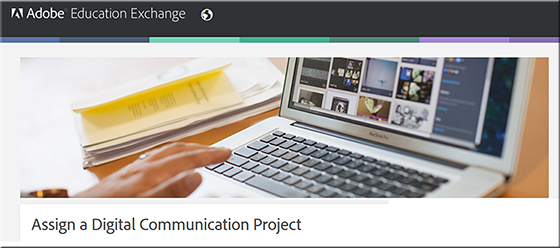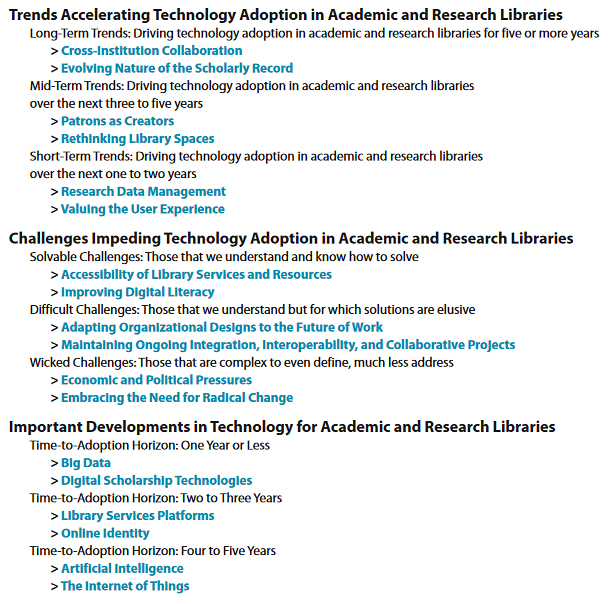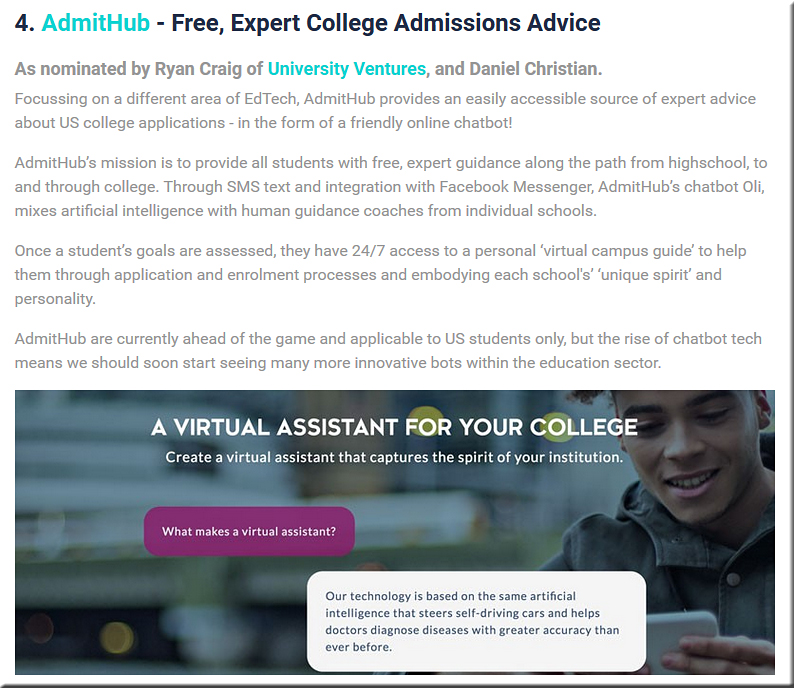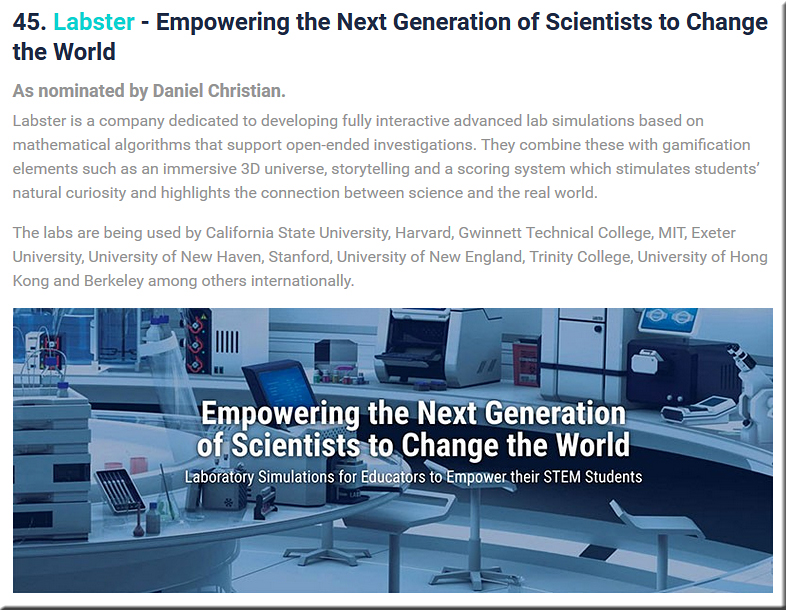Lessons From Flipped Classrooms and Flipped Failures — from edsurge.com by Jeff Young, with Robert Talbert
Excerpt:
So a few years ago Talbert, a math professor at Grand Valley State University, tried a new approach, known as flipped learning—a method catching on these days in college classrooms. He describes it as a new philosophy of teaching. Unlike the lecture model, in which students first encountering new material in the classroom, in the flipped model the students’ first encounter with the material happens outside of class, usually in the form of video lectures. And class time is used for more interactive activities that encourage students to apply what they’re learning while the professor is there to step in and help if necessary.
It isn’t foolproof though, and in a new book Talbert gives a frank look into his classroom experiences, and his tips on how to avoid flipped failure. It’s called “Flipped Learning: A Guide for Higher Education Faculty.” Talbert has long shared the ups and downs of his teaching experiments with his colleagues through his blog.
What I often tell faculty is, if you’re interested in using flipped learning, you’ve got to give yourself a lot of time to ease into it. I try to suggest a one-year plan between the moment you become interested in flipped learning and the moment you actually use it in the classroom. Take a solid year to plan, to develop materials, to test things out and so forth. Don’t try to jump straight into it.














